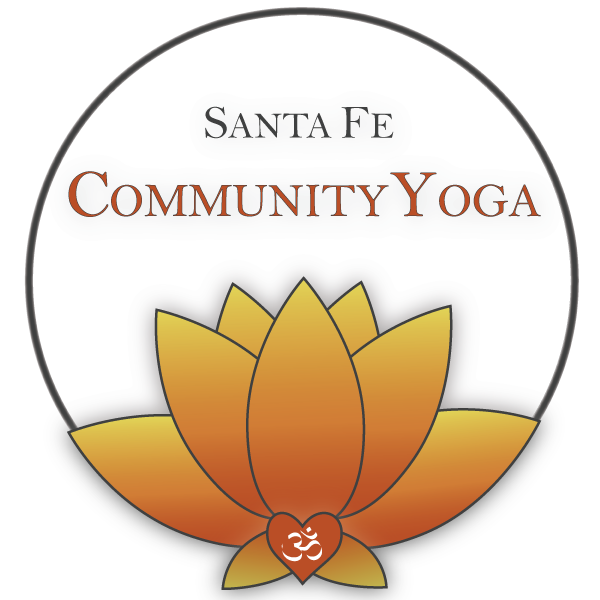As we embark on our annual 108 Sun Salutations for World Peace event, we occasionally get the question from our students, “Why 108 Sun Salutations?” So, why 108 and not a more obvious number, such as 100?
The number itself is open to many interpretations. Some fun facts about 108 is that the diameter of the sun is roughly 108 times the diameter of the earth. Another interesting celestial aspect of the number is that the average distance from the Earth to the Moon is about 108 times the moon’s diameter, which means the moon appears the same size as the sun during eclipses. In the vedic tradition, there are 108 Marma points (sacred places) in the human body. 108 is the amount of beads on a mala, which is similar to a rosary and used for prayer. Those who practice Japa Yoga recite their chosen mantra 108 times in meditation. Perhaps my favorite way of looking at the number 108 is breaking down each digit: 1 represents Unity, 0 represents Emptiness/Openness and 8 represents Infinity.
As a student of yoga, the number is open to your own interpretation. As we practice 108 Sun Salutations on Saturday, March 18th, you can use each movement are your own kind of meditation. Stay present. Breathe. Flow. Take breaks when your body is asking for it. Each time I participate in this practice, I feel as if I am floating with energy at the end. This is why we will have a grounding potluck afterward (we will also be hungry after all the physical effort!) Please feel free to reach out to us if you have any additional thoughts or questions about 108 Sun Salutations, and feel free to check out our event page.








